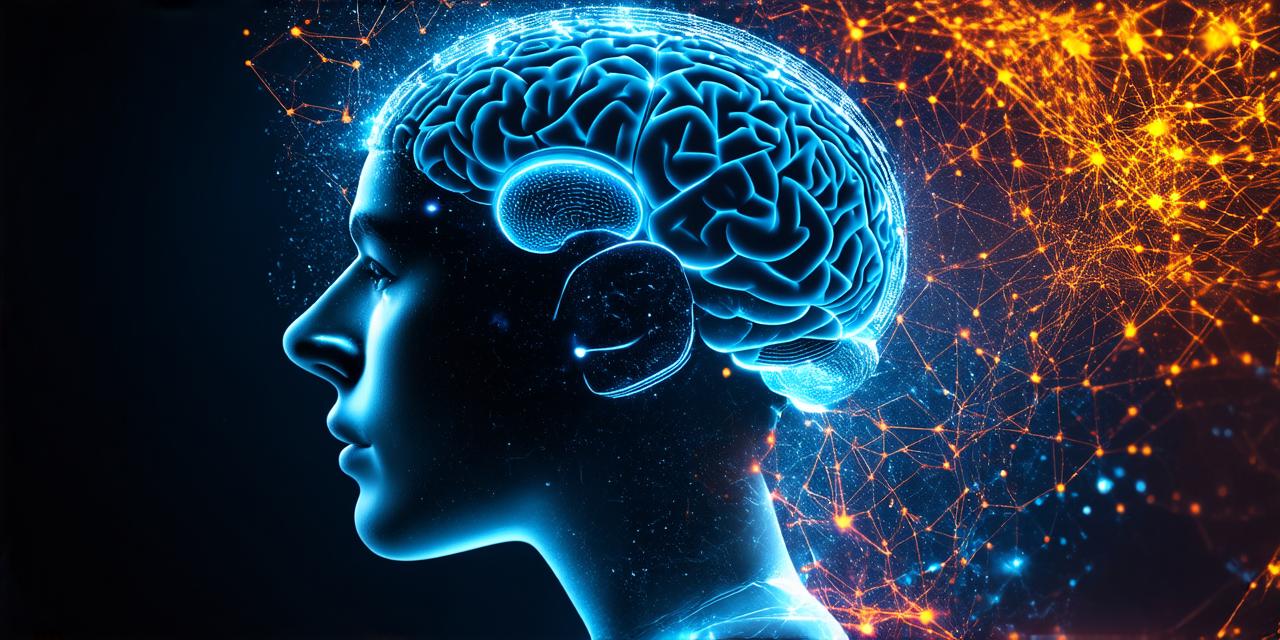
How are virtual reality and human perception interconnected?
Virtual reality (VR) technology has revolutionized how we experience and interact with digital environments. From gaming to education, VR offers immersive experiences that transport users into new worlds and provide unique perspectives on familiar ones.
However, the relationship between VR and human perception goes beyond just enhancing sensory input. In fact, this technology has the potential to reshape our understanding of reality itself.
One of the most significant ways in which VR interacts with human perception is through its ability to alter the way we perceive spatial relationships. For example, studies have shown that when users are immersed in a virtual environment, their brain processes this information differently than it would if they were experiencing the same environment in real life.
This can lead to a distortion of perceived distances and proportions, as well as a disorientation that can be disconcerting for some users.
Despite these challenges, many developers are finding creative ways to use VR to enhance human perception and understanding. One such example is the use of VR in education.
By creating virtual field trips or simulations, students can explore complex concepts and ideas in a way that is not possible in traditional classroom settings. This not only allows for a more engaging learning experience but also helps students develop critical thinking and problem-solving skills.
Another area where VR and human perception intersect is in the realm of mental health.
Research has shown that exposure to virtual environments can help alleviate anxiety, depression, and other mental health conditions by providing a safe space for users to confront their fears and phobias. For example, some therapists are using VR to treat patients with PTSD by creating simulations of traumatic events that allow them to process and overcome their emotional responses in a controlled environment.
Of course, as with any technology, there are potential risks associated with the use of VR. One concern is that prolonged exposure to virtual environments can lead to a sense of disconnection from reality, which can be detrimental to mental health.

Additionally, there are concerns about the impact of VR on social relationships and communication skills, as users may become more accustomed to interacting with digital entities than with real people.
Despite these potential risks, it is clear that VR has the potential to transform our relationship with reality in profound ways. By leveraging the power of immersive experiences and cutting-edge technology, developers can help us see the world in new and exciting ways. As we continue to explore this brave new frontier, it will be important for both developers and users to approach VR with an open mind and a willingness to adapt to new ways of thinking and experiencing the world around us.
What is virtual reality (VR)?
VR is a technology that creates immersive digital experiences that transport users into simulated environments.
How does VR interact with human perception?
VR can alter the way we perceive spatial relationships and other aspects of our environment, leading to distortions in perceived distances, proportions, and disorientation.
What are some potential risks associated with the use of VR?
Prolonged exposure to virtual environments can lead to a sense of disconnection from reality, which can be detrimental to mental health. Additionally, there are concerns about the impact of VR on social relationships and communication skills.


